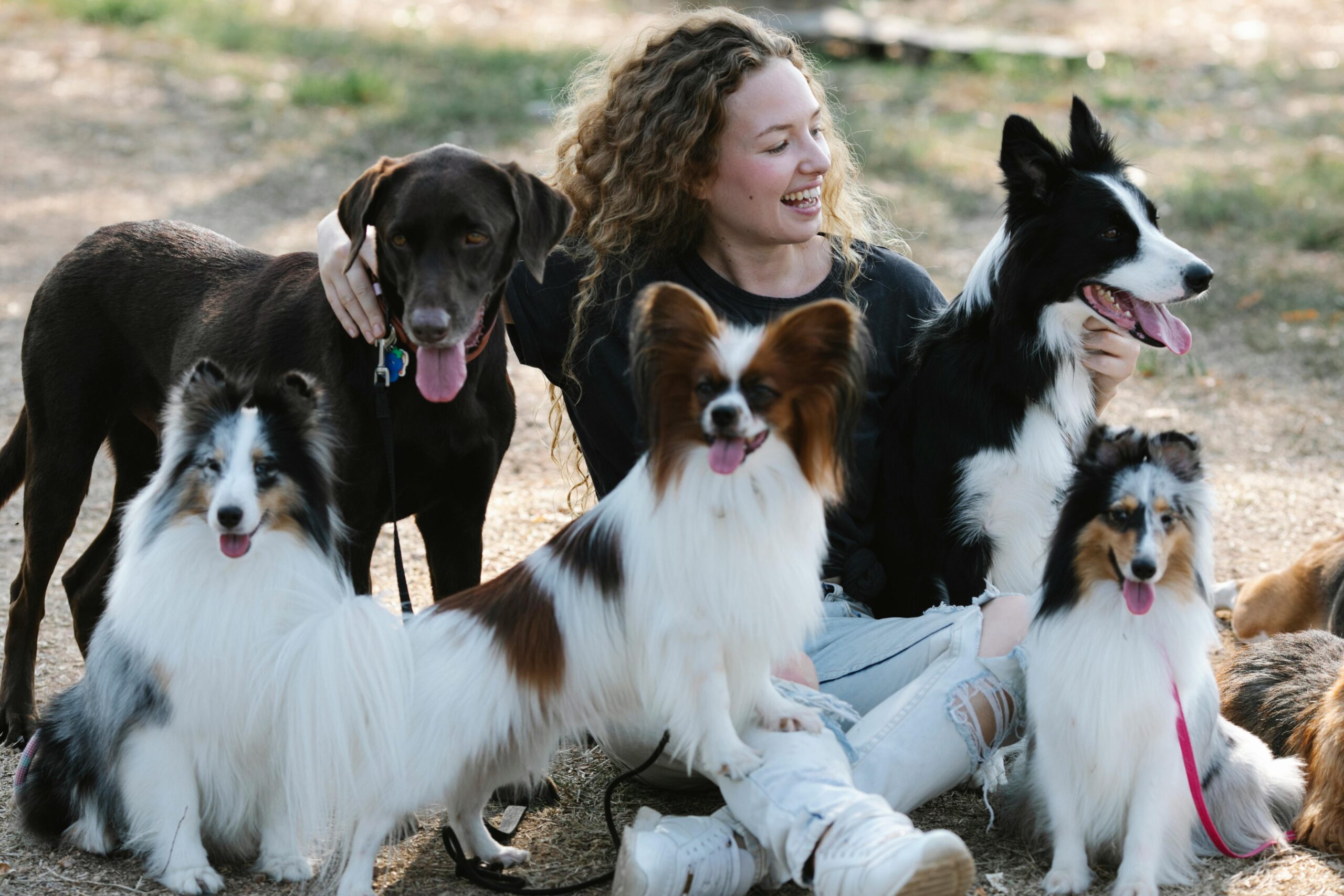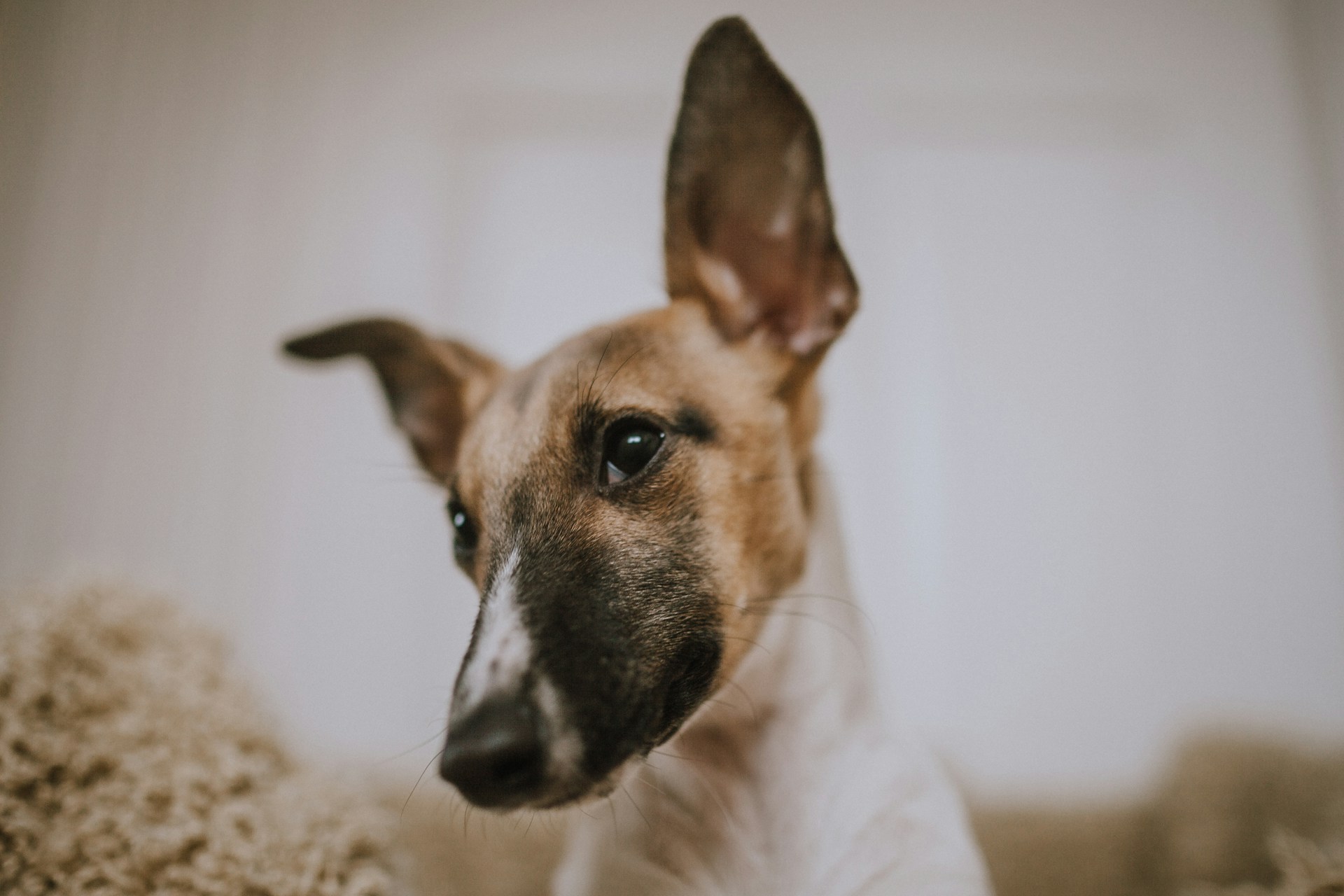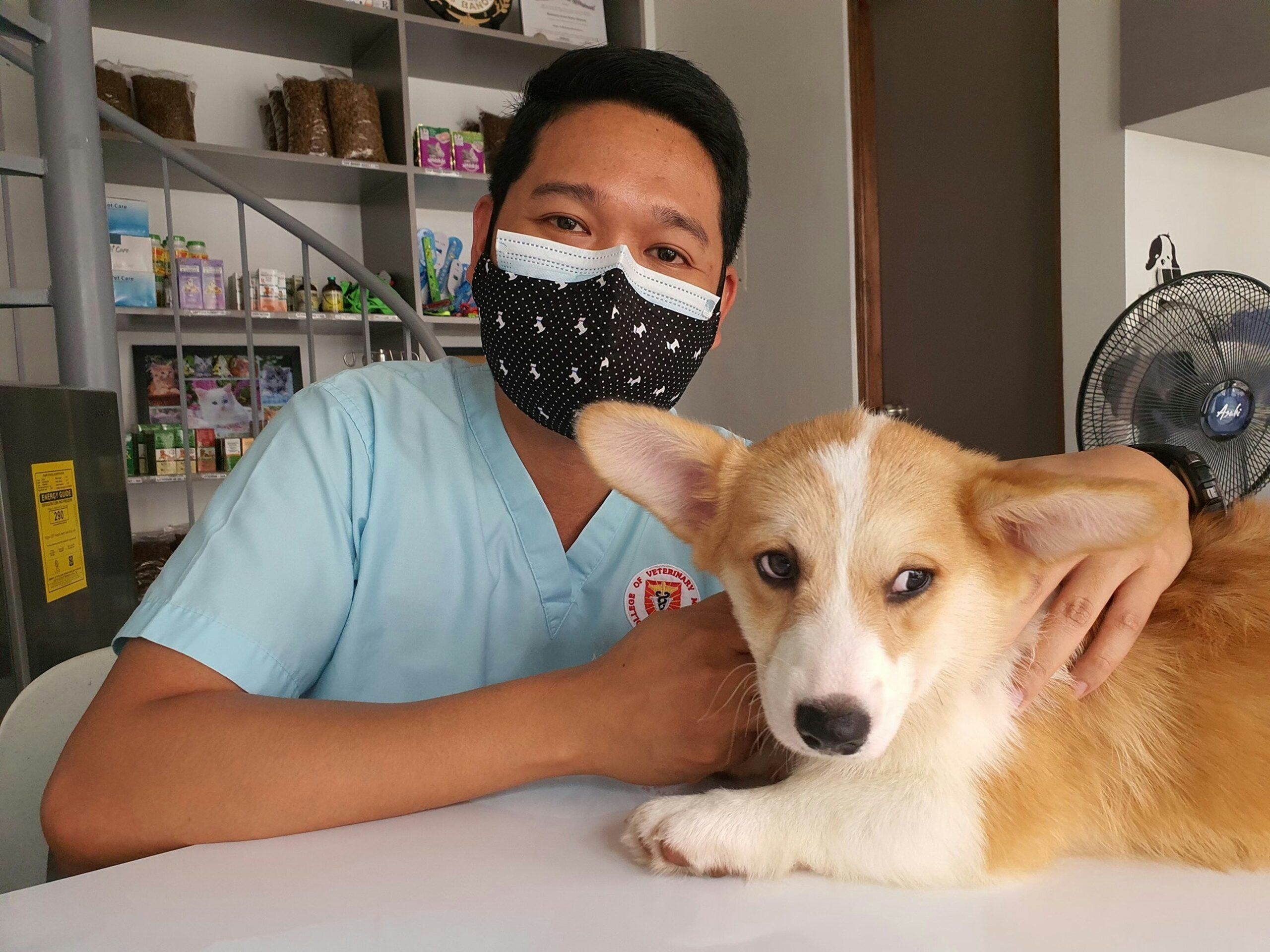Dogs are known for their loyalty, companionship, and ability to bring joy to our lives. Whether you’re petting a dog at home, meeting a therapy dog, or interacting with service dogs for anxiety, one of the most common ways humans express affection toward dogs is through petting. But do dogs like being petted?
While most dogs appreciate physical touch, the answer depends on the individual dog, their personality, and the situation. Understanding the signs a dog wants to be petted can help ensure a positive interaction, whether you’re at an obedience school for dogs, visiting a dog-friendly café, or simply bonding with your furry friend at home.
Do Dogs Like Being Petted?
Yes, most dogs enjoy being pet, but how much and where they like to be touched varies. Some small dogs, such as a teacup dog or a teddy bear dog, may love curling up in your lap for belly rubs, while an energetic breed like a Bernese Mountain Dog puppy might prefer a good scratch behind the ears after a long walk. Many therapy dogs and support dogs are trained to tolerate petting from different people, especially in public spaces, but not all dogs feel the same way. Factors such as past experiences, socialization, and breed tendencies play a role in a dog’s comfort level with human touch.
Dogs in stressful environments, like a dog pound near me or a foster dog waiting for a home, may be more hesitant about physical touch. A dog with separation anxiety in dogs might crave constant petting for comfort, while another may prefer personal space. Observing a dog’s body language is key to determining whether they’re enjoying the interaction or would rather be left alone.
Signs a Dog Wants to Be Pet
A happy dog will usually show clear signs when they wants to be pet. Some positive cues include:
- Relaxed Body Language – A loose, wagging tail, soft eyes, and a calm demeanor indicate a dog is comfortable and open to being touched.
- Leaning Into You – If a dog presses their head or body against your hand, it’s a good sign they’re enjoying the interaction.
- Licking or Nuzzling – Some dogs will gently lick or nuzzle their owners as a way of seeking attention and affection.
- Rolling Over for Belly Rubs – A confident dog that flops onto its back and exposes its belly is showing trust and often inviting petting.
- Perked Ears and Happy Expression – If a dog looks at you with bright eyes and a slightly open mouth, they’re likely in a good mood and receptive to affection.
Knowing how to read these signals is important, whether you’re dealing with a Labrador Retriever puppy, a rescue dog from a humane society, or a found dog that has recently been reunited with its owner. Dogs appreciate affection in different ways, and being attentive to their body language can help strengthen the bond between you and your furry companion.
Signs a Dog Wants to Be Left Alone
Dogs have ways of communicating when they’re uncomfortable, and it’s important to recognize these signals to prevent stress or potential aggression. If a dog turns their head away, avoids eye contact, or moves away from you, it’s a clear sign they’d rather not interact at the moment. Other common signals include lip licking, yawning when not tired, tensing up, or tucking their tail. More obvious signs include growling, baring teeth, or snapping. If you notice any of these behaviors, it’s best to respect the dog’s space and allow them to approach on their own terms.
Best Practices for Petting a Dog
Not all dogs enjoy the same type of affection, and understanding the best way to pet a dog can make interactions more enjoyable for both of you. Always let the dog initiate contact by sniffing your hand before petting. Avoid reaching over their head, as this can be intimidating—most dogs prefer gentle strokes on the chest, shoulders, or back. Pay attention to their body language; if they lean into you and seem relaxed, they’re likely enjoying the attention. If they pull away or show any signs of discomfort, respect their boundaries and stop petting.
Conclusion
Understanding canine body language is key to building a trusting relationship with dogs while ensuring their comfort and safety. Whether it’s recognizing signs of stress, knowing when a dog wants to be left alone, or practicing proper petting techniques, respecting a dog’s boundaries fosters positive interactions. By being attentive to their cues, we can create a stress-free environment where dogs feel secure and happy.






